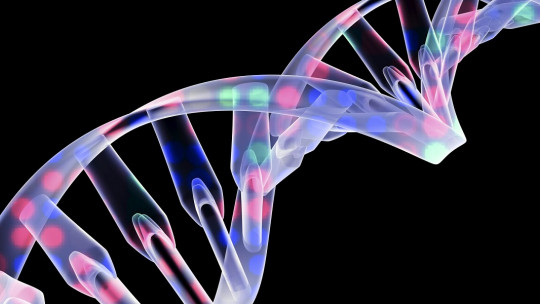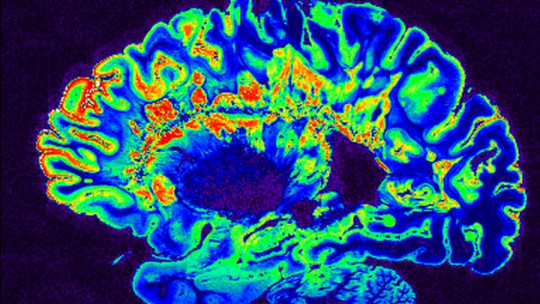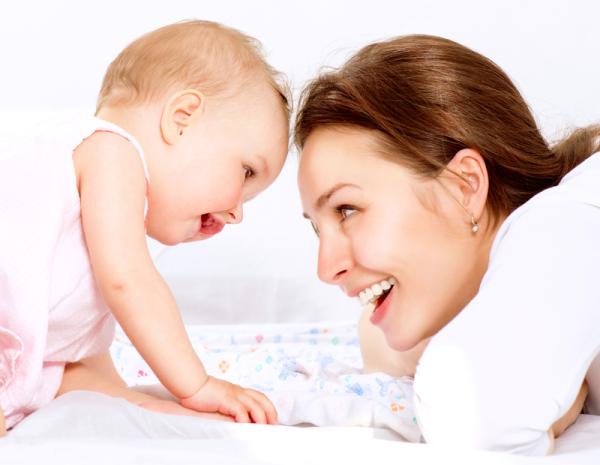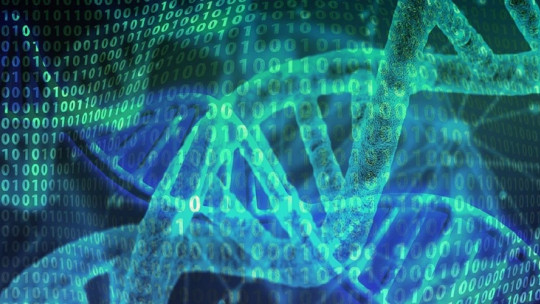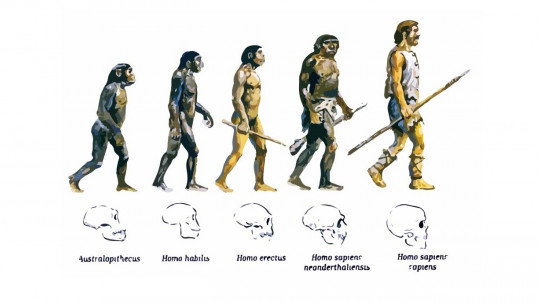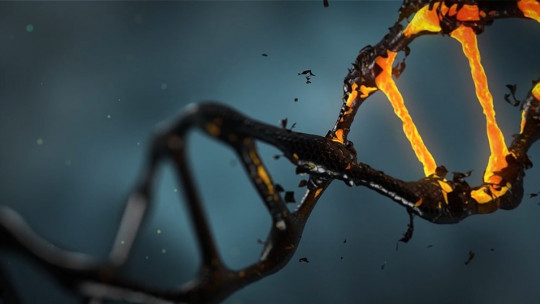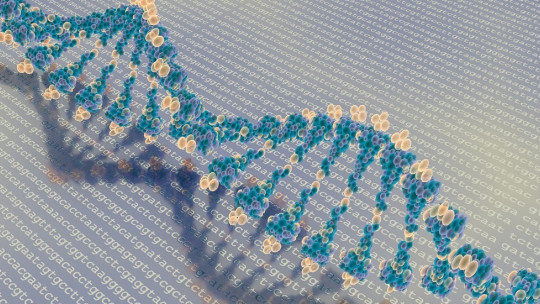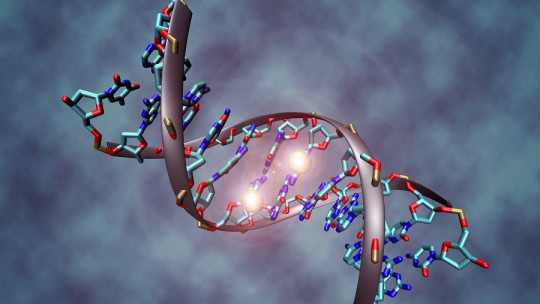
We know that genes largely determine who we are on a physical, mental, social and personal level. However, genes do not determine “everything” on their own, but the environment plays an essential modulating role.
In this article We will know what an allele is as well as the types that exist, and how this concept is related to genetics, based on the fact that an allele is each of the variants or variations that a gene has.
What is an allele?
Etymologically, the term allele (also called allelomorph) comes from Greek, and literally means “from one to another.” An allele is each of the alternative forms that the same gene can have Let us remember that a gene is the hereditary unit that controls and determines each character in living beings.
Many genes have several alleles, and the expression of the alleles determines the same character or trait, such as eye or hair color. The term allele can be better understood from the word “allelomorph”, which means “in allelic forms”; That is, it is something that manifests itself in various ways within a population of individuals.
In humans, Each person, under normal circumstances, carries two alleles for each gene (not from the father and another from the mother).
Homologous chromosomes
Humans, like most mammals, are diploid. That means that we have two sets of chromosomes, each coming from the father and mother, respectively. In addition, each gene has two alleles that are located at the same locus or place on the chromosome.
An allele implies a certain dominance when a gene competes against another gene for the occupation of the final position on the chromosomes during separation, which develops during cellular meiosis. Thus, the “winning” (dominant) allele is the one that will end up being genetically transmitted.
Homologous chromosomes are a pair of chromosomes (one from the mother and one from the father) that pair up within a cell during meiosis (which occurs in sexual reproduction). So, homologous chromosomes have the same DNA sequence arrangement from one extreme to the other, but different alleles.
In short, an allele is each of the genes in the pair that occupies the same place on homologous chromosomes; It is each of the variants or variations that a gene has.
Examples
The alleles differ in their sequence and in that they can be expressed in specific modifications of the function of that gene. That is, the alleles produce variations in certain inherited characteristics such as the color of the eyes (one allele would be the color blue, and another the color brown, but there would be more), or the blood group (the allele being A+, B+, AB+,…)
Homozygous vs. heterozygous
We say that an individual is homozygous for a certain trait due to a gene, in the event that the two alleles that he or she has inherited corresponding to that gene be equal
In this case, each of the alleles is found on each of the two homologous chromosomes that the person has. For example AA (dominant) or aa (recessive) (we will see later what dominant and recessive mean).
On the other hand, a person is heterozygous for a gene when they have a different allele on each homologous chromosome. For example Aa.
Types of allele
As we have seen, an allele is an alternative form of a gene, and alleles are differentiated by their sequence or function. Characteristics that are genetically determined depend on the minimal action of a pair of homologous genes (the alleles).
But how do the alleles vary in sequence? The answer is that they have differences in their DNA such as deletions, substitutions or insertions
On the other hand, if they differ in function, the alleles may or may not have known differences in sequences, but they are evaluated by the way they affect the organism.
Let’s see the two types of alleles that exist, according to its expression in the phenotype Let us be clear that the phenotype encompasses those characteristics or traits that are determined by genes and the environment, such as facial features (nose size) or impulsivity (behavior):
1. Dominant alleles
If the allele is dominant, will be expressed in the child only with one of the procreative copies that is, if the father or mother has it, the child’s chromosome will always express it (only one allele will be necessary).
That is, they appear in the phenotype of individuals who are heterozygous or hybrid for a certain trait, in addition to the homozygous individual.
2. Recessive alleles
Instead, An allele will be recessive if two copies of the same gene are needed (i.e., two alleles) to be expressed on the procreated chromosome (of the child).
They are the alleles that are masked from the phenotype of a heterozygous individual and only appear in the homozygote, being homozygous for the recessive genes.


